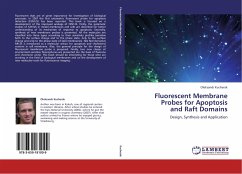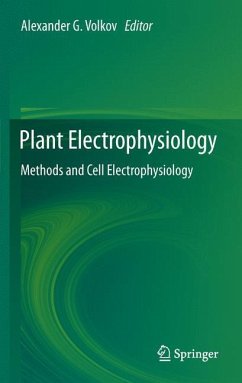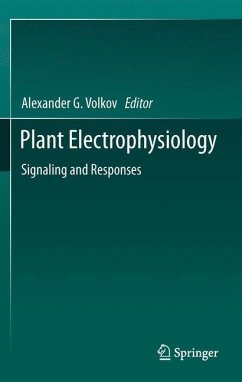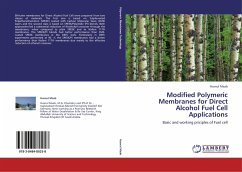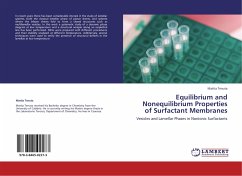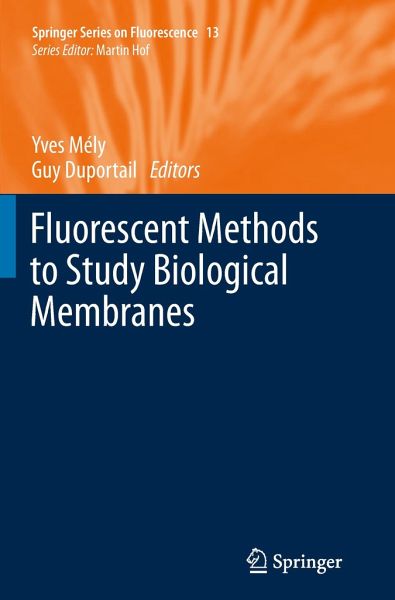
Fluorescent Methods to Study Biological Membranes
Versandkostenfrei!
Versandfertig in 6-10 Tagen
226,99 €
inkl. MwSt.

PAYBACK Punkte
113 °P sammeln!
Biological membranes play a central role in cell structure, shape and functions. However, investigating the membrane bilayer has proved to be difficult due to its highly dynamic and anisotropic structure, which generates steep gradients at the nanometer scale. Due to the decisive impact of recently developed fluorescence-based techniques, tremendous advances have been made in the last few years in our understanding of membrane characteristics and functions. In this context, the present book illustrates some of these major advances by collecting review articles written by highly respected exper...
Biological membranes play a central role in cell structure, shape and functions. However, investigating the membrane bilayer has proved to be difficult due to its highly dynamic and anisotropic structure, which generates steep gradients at the nanometer scale. Due to the decisive impact of recently developed fluorescence-based techniques, tremendous advances have been made in the last few years in our understanding of membrane characteristics and functions. In this context, the present book illustrates some of these major advances by collecting review articles written by highly respected experts. The book is organized in three parts, the first of which deals with membrane probes and model membranes. The second part describes the use of advanced quantitative and high-resolution techniques to explore the properties of biological membranes, illustrating the key progress made regarding membrane organization, dynamics and interactions. The third part is focused on the investigation of membrane proteins using the same techniques, and notably on the membrane receptors that play a central role in signaling pathways and therapeutic strategies. All chapters provide comprehensive information on membranes and their exploration for beginners in the field and advanced researchers alike.





